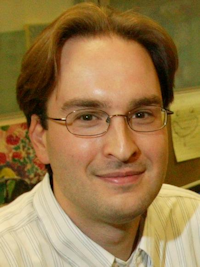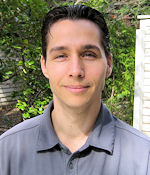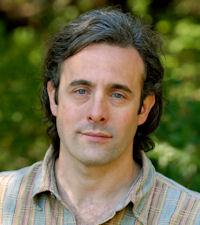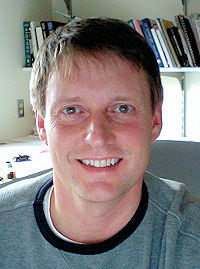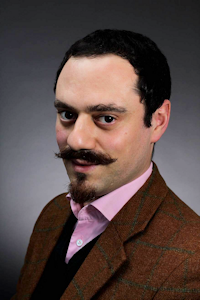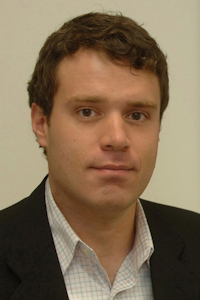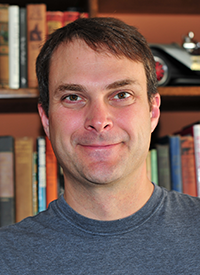The Ken Nakayama Medal is in honor of Professor Ken Nakayama’s contributions to the Vision Sciences Society, as well as his numerous innovations and consistent excellence in the vision sciences. The Medal recognizes a vision scientist who has made exceptional, significant, and lasting contributions to vision science. These contributions may be fundamental, clinical, or applied. This award is for senior investigators only, defined as 25 or more years since earning their terminal degree. Going forward, the Vision Sciences Society is committed to achieving gender balance among awardees.
Nomination Process
Nominations may be made by any (a) regular member, or (b) postdoctoral member, or (c) those who hold emeritus status. A nominee need not be a current member of the Vision Sciences Society. Previously considered nominees are eligible to be re-nominated. Please note that only one nomination per candidate will be accepted. If multiple nominations for the same individual are received, we will ask the nominators to collaborate and submit a joint nomination.
The nomination must include the following:
- One nomination letter, outlining in detail the contributions and innovations of the nominee, discussing clear indicators of the nominee’s impact on the field of vision science. The nomination letter should also demonstrate the nominee’s strength in mentorship. The nomination letter can be co-signed.
- A curriculum vitae including an up-to-date publication list.
- No more than four letters of support, three of which must be from regular members, postdoctoral members, or those who hold emeritus status.
Nominations should be submitted by email to Shauney Wilson.
Nominations will be reviewed by an Award Committee, consisting of the five most recent past-presidents of the Vision Sciences Society. Members of the Award Committee and of the VSS Board of Directors may not serve as nominators or nominees or provide letters of support.
Schedule
Nominations Open: November 24, 2025
Nominations Close: January 22, 2026
Recipient Announced: by March 6, 2026

